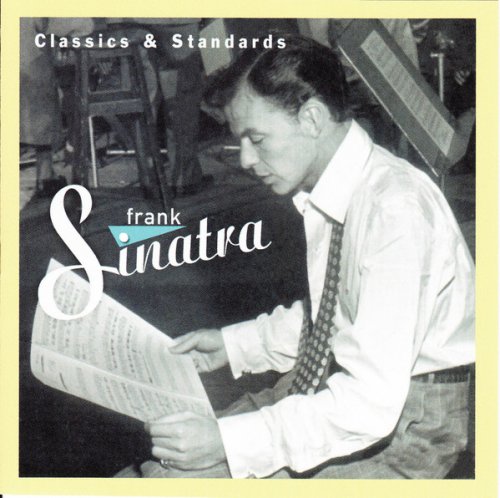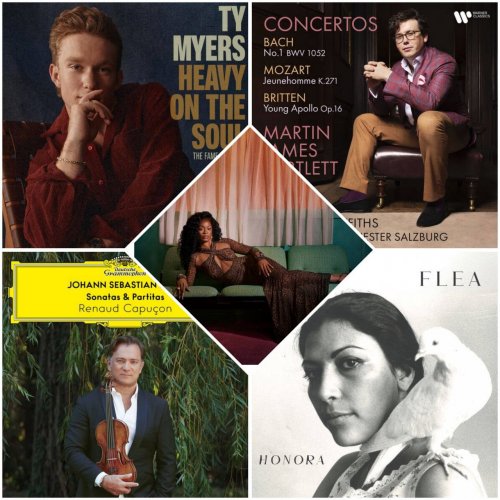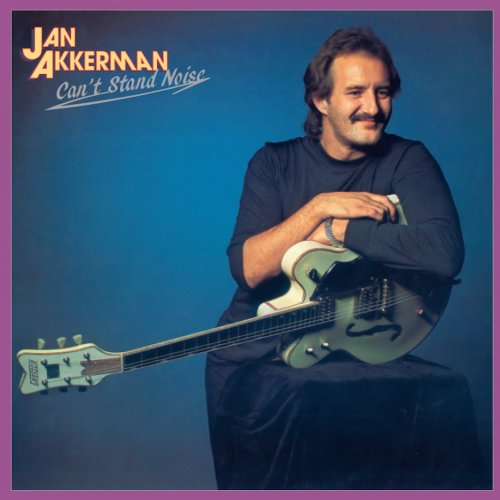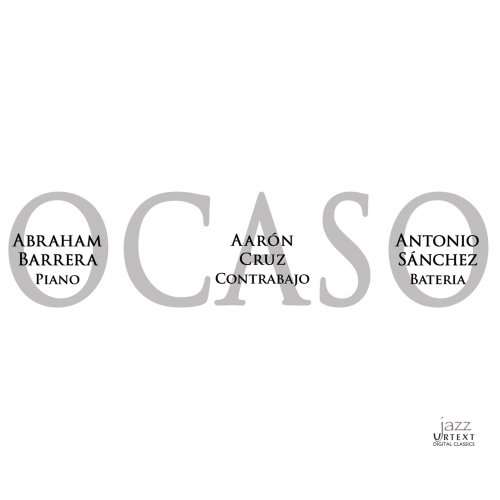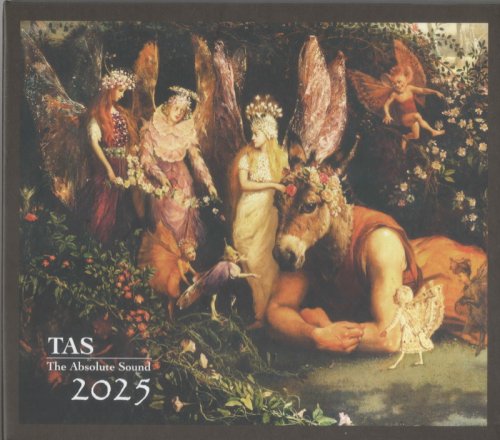Katia et Marielle Labeque - Stravinsky, Debussy (2007)
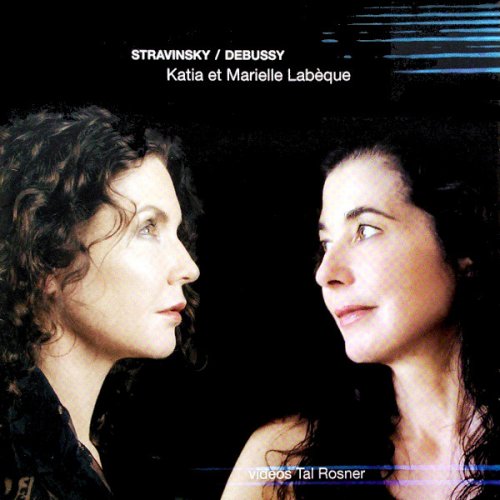
Artist: Katia et Marielle Labeque
Title: Stravinsky, Debussy
Year Of Release: 2007
Label: KML Recordings
Genre: Classical
Quality: FLAC (image+.cue,log,scans)
Total Time: 57:38
Total Size: 202 mb
WebSite: Album Preview
Tracklist: Title: Stravinsky, Debussy
Year Of Release: 2007
Label: KML Recordings
Genre: Classical
Quality: FLAC (image+.cue,log,scans)
Total Time: 57:38
Total Size: 202 mb
WebSite: Album Preview
Concerto (Stravinsky, 1935) 2 pianos
1. Con moto 6'02
2. Notturno 4'27
3. Variazione 1 1'07
4. Variazione 2 0'47
5. Variazione 3 1'04
6. Variazione 4 1'06
7. Preludio 1'16
8. Fuga 3'18
En blanc et noir (Debussy, 1915) 2 pianos
9. Avec emportement 4'24
10. Lent. Sombre 6'48
11. Scherzando 4'27
Five Easy Pieces for piano 4 hands (Stravinsky, 1917)
12. Andante 1'02
13. Española 0'54
14. Balalaïka 0'47
15. Napolitana 1'04
16. Galop 1'48
Three Easy Pieces for piano 4 hands (Stravinsky, 1915)
17. March 1'15
18. Waltz 1'43
19. Polka 0'51
20. Ragtime (Stravinsky, 1921)
From "The five fingers" (Stravinsky, 1921)
21. Larghetto 1'23
22. Moderato 1'13
23. Lento 1'16
24. Valse des fleurs piano 4 hands (Stravinsky, 1914)
25. Tango 2 pianos (Stravinsky, 1940) arrangement Victor Babin
Performers:
Katia Labeque, piano
Marielle Labeque, piano
The second release from Katia and Marielle Labèque's own KML label largely revisits Debussy and Stravinsky works that the duo previously essayed for Philips. Their newer versions are preferable, and may well represent the Labèque sisters' finest recordings to date. Whereas a driving, steel-edged literalism characterizes their earlier Debussy En blanc et noir, the duo now imbues the score with greater rhythmic leeway. However, their newfound freedom results from supreme musical and ensemble discipline (regardless of tempos), plus a clearer sense of linear movement and consistently lean, almost Mozartean textures. The close, slightly dry engineering matches the interpretation hand in glove.
Such an analytic perspective perfectly suits Stravinsky's keyboard aesthetic, but don't assume for a minute that the Concerto's motoric writing sounds machine-like and monochrome. This sometimes was true of the Labèques' 1990 Philips traversal, but not here. In the first movement, notice their subtle yet crucial distinctions between repeated 16th-notes that function as rhythmic background and those that are melodic. The second-movement variations flow easily and inevitably in and out of each other, while the fugal finale now emerges in a more conversational, less abstract light.
Heightened characterization also applies to the easy duets, as well as to the solo selections. Marielle Labèque's sharp accents and deliciously timed syncopations in the solo Ragtime add welcome color and three-dimensional perspective to a composition that few pianists bring off with unqualified success.
An accompanying DVD offers most of the selections set to stylized, concrete images provided by the young videographer Tal Rosner. The images range from water and clouds to buildings and industrial symbols and for the most part are steadily synchronized to the music's rhythmic gestures. Some listeners/viewers may find Rosner's style blunt and repetitious, yet to his credit he never pulls focus from the music. Interestingly, the DVD's 48K PCM audio standard yields a slightly fuller sonic image in comparison with the identical performances mastered to conventional CD specifications. Highly recommended. -- Jed Distler
Such an analytic perspective perfectly suits Stravinsky's keyboard aesthetic, but don't assume for a minute that the Concerto's motoric writing sounds machine-like and monochrome. This sometimes was true of the Labèques' 1990 Philips traversal, but not here. In the first movement, notice their subtle yet crucial distinctions between repeated 16th-notes that function as rhythmic background and those that are melodic. The second-movement variations flow easily and inevitably in and out of each other, while the fugal finale now emerges in a more conversational, less abstract light.
Heightened characterization also applies to the easy duets, as well as to the solo selections. Marielle Labèque's sharp accents and deliciously timed syncopations in the solo Ragtime add welcome color and three-dimensional perspective to a composition that few pianists bring off with unqualified success.
An accompanying DVD offers most of the selections set to stylized, concrete images provided by the young videographer Tal Rosner. The images range from water and clouds to buildings and industrial symbols and for the most part are steadily synchronized to the music's rhythmic gestures. Some listeners/viewers may find Rosner's style blunt and repetitious, yet to his credit he never pulls focus from the music. Interestingly, the DVD's 48K PCM audio standard yields a slightly fuller sonic image in comparison with the identical performances mastered to conventional CD specifications. Highly recommended. -- Jed Distler
![Hank Crawford - The Soul Clinic (1962) [2022] Hi-Res Hank Crawford - The Soul Clinic (1962) [2022] Hi-Res](https://www.dibpic.com/uploads/posts/2026-01/1768855659_cover.jpg)
